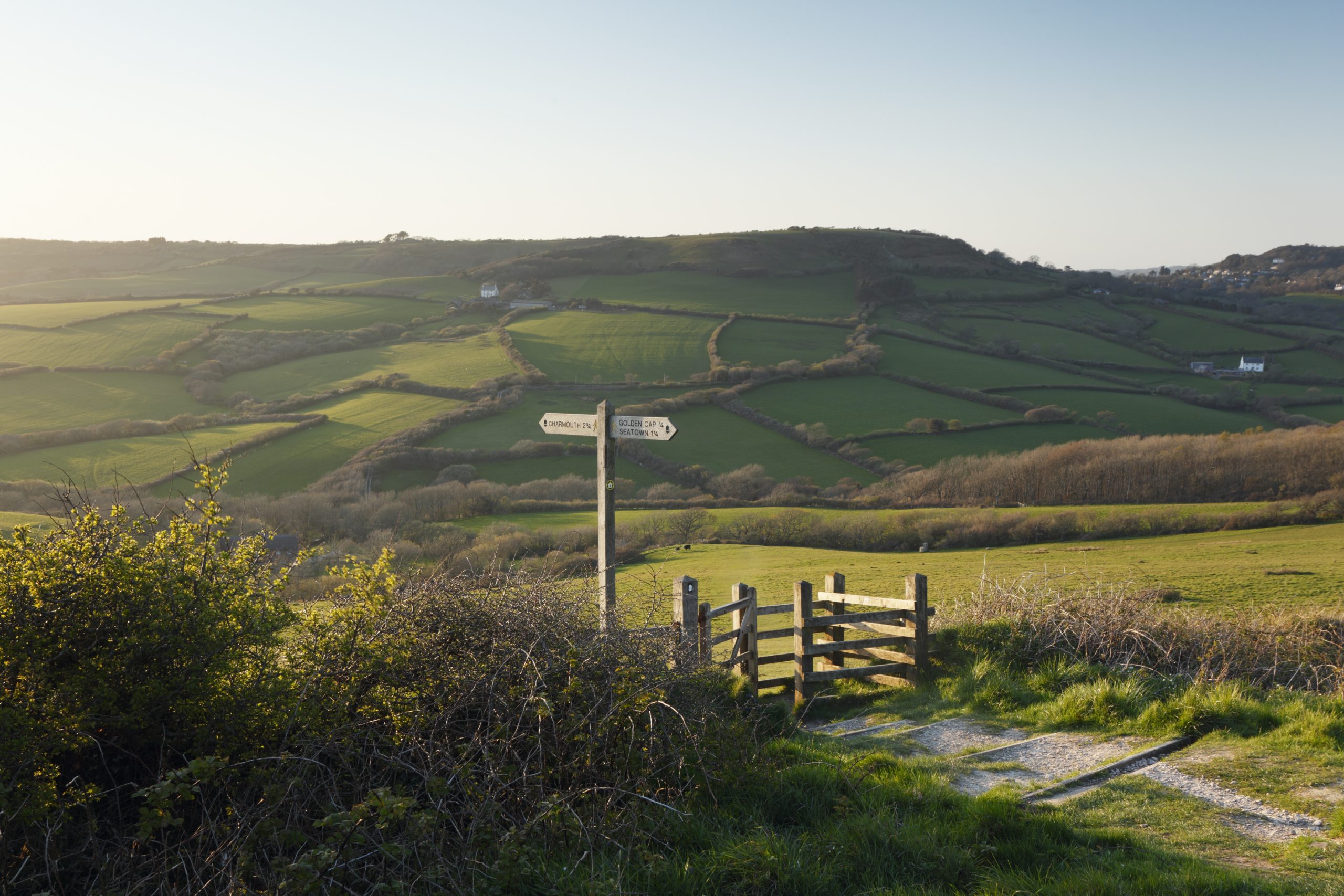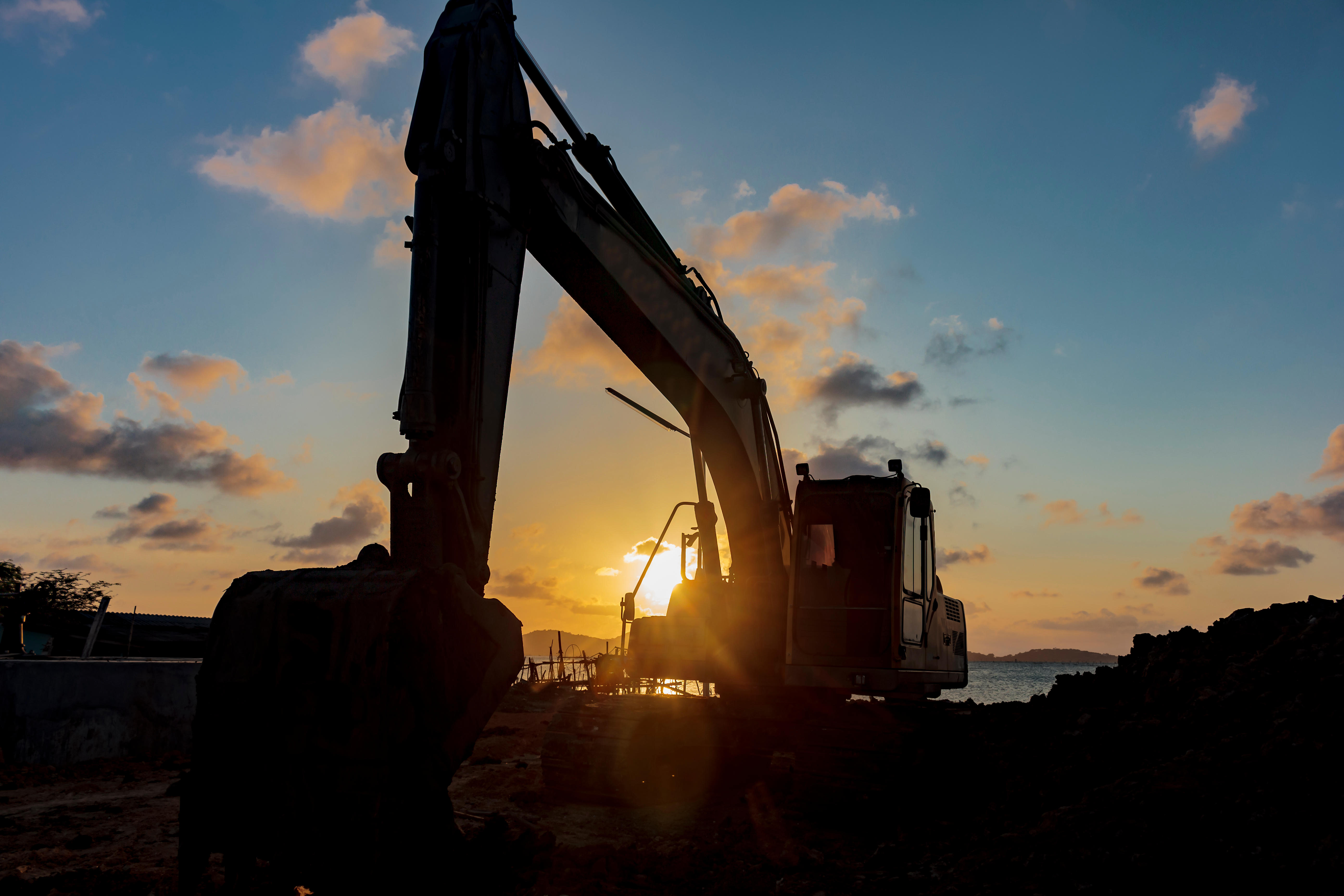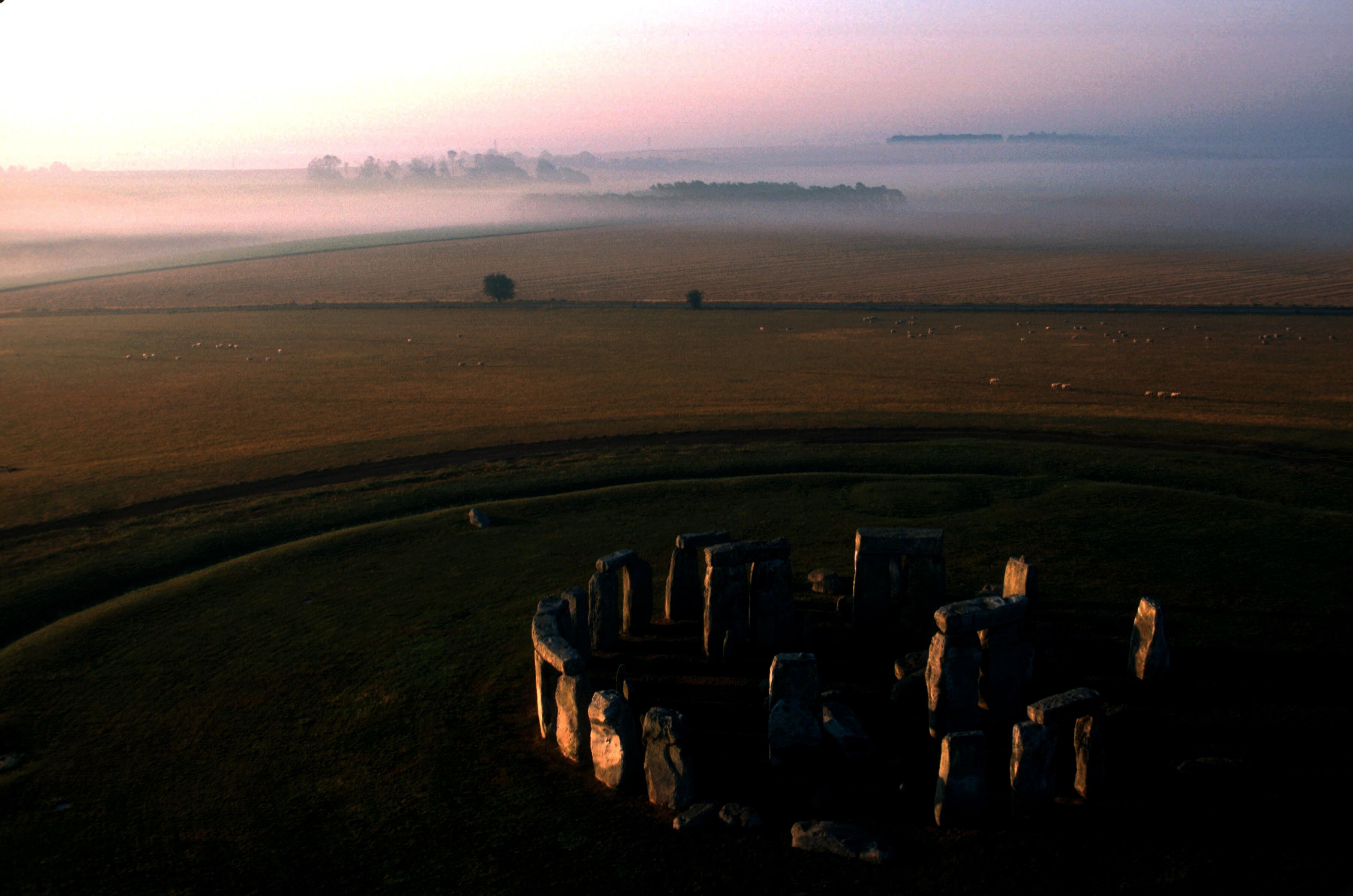Jason Goodwin: They've started measuring distances in minutes. But what of loitering and lingering? What of the flowers of the wayside and the hill views?
Jason Goodwin rages against the sign-erecting quangos who are helping tourists miss the point.

Imagine, for one moment, that you are not a wise and gentle reader of Country Life, but foolish and hot-tempered, and find yourself waiting in line at a dispensary. The chemist says something you find hard to understand, to which, gentle reader, you react with fury. Inchoate rage seizes you by the throat. As the red mist descends, your eye falls on a notice pinned to the wall. ‘Our staff,’ it reads, ‘have the right to work free from the threat of verbal or physical abuse.’ The mood changes; your fists gently unclench and the vicious remark that had been on the tip of your tongue melts like a parma violet.
I’ve been thinking recently about these signs, because they’ve been popping up everywhere I go and there is something about them — as illustrated above — that doesn’t feel quite right. There was a time when public notices were straightforward. They either told you something or warned you off. Many hours have I spent on trains, as a child, wondering at what point in the 1970s inflationary cycle the cost of pulling the emergency cord on a train (Penalty for improper use £50) would be outweighed by the satisfaction of bringing a whole train to a shuddering halt.
Other people must have wondered, too, because eventually the fine was raised to £1,000, but at least it was a grown-up sign, speaking, as it were, man to man. It didn’t wag a finger. It didn’t ooze sanctimony. It didn’t even need to spell out the meaning of improper use — flossing? gymnastics? — because we all understood the message. The communication cord was for use in the event of a robbery, say, or a heart attack. Grandees hoping to alight as the train sped through their estates, ne’er do wells evading the police or small boys with illicit dreams of power would be done for £50.
Most signs seemed like this. No bombing or diving, it said at the baths. No hawkers no ball games it said on the wall of the estate. Some of the tersest notices were put up in cast iron by the Ministry of Works. Danger keep children under control was a good one; so, too, is Visitors are warned to take every care to avoid accidents, fixed to a castle in Wales. Next to it, a more prolix modern sign might remark that ‘Ancient monuments can be dangerous’ and show various stylised figures undergoing a series of calamities, slipping and falling and banging their heads, as if the word ‘accident’ required illustration.
Now, signposts have sprung up in our neck of the woods, advertising the distance to local landmarks — not in miles, but in minutes. As well as ignoring cyclists, riders and the disabled, the reduction of a ramble to a time capsule fosters a depressing view of being outdoors. What of loitering and lingering? What of the flowers of the wayside and the hill views? The signerecting quango sees none of that, only a bustling to tick off the approved Sehenswürdigkeit in the allotted time.
That, I suppose, is what makes me uneasy about the sententious declarations that have appeared all over public transport, in doctors’ surgeries and at passport control, insisting that staff have the right to work without fear, etc etc. They push us, the public, into a nether world of anger and violence. They do nothing to deflect fury, only pretending to tell us something we already know; they are redundant, except as a sop to the staff, who might do better to have that other irritating sign fixed to their side of the wall: Keep calm and carry on.

Credit: Getty Images
Exquisite houses, the beauty of Nature, and how to get the most from your life, straight to your inbox.
Jason Goodwin: 'My friend was puzzled to discover me up a stepladder, cradling my airgun and scanning vegetable beds'
Jason Goodwin takes on the rats, and loses.

Credit: Alamy
Jason Goodwin: The price of Absolute Power? Turns out it's £250 a week +VAT
An unforgettable week at the controls of a metal monster goes to Jason Goodwin's head.

Jason Goodwin: In memory of Norman Stone, my tutor, guide, world traveller — and friend
Jason Goodwin pays tribute to an old friend and mentor.

Jason Goodwin: 'What gets lost will be forever lost, whereas pylons, cars and trains may be rendered obsolete'
Jason Goodwin muses on economics, Stonehenge and social media.

Credit: Alamy
Jason Goodwin: 'Our headmaster was more Gilderoy Lockhart than Dr Arnold'
The graduation ceremony of Jason Goodwin's son reminds our columnist of the latin prayers which were so prolific in his

Jason Goodwin: Supermarkets sell 10,000 different things, but it turned out we hardly need any of them
Jason Goodwin's local farm shop has it all — including prices which ring up in historic dates.

Credit: Alamy Stock Photo
Jason Goodwin: The half-term report of the keen amateur gardener
It might be the end of term for schoolchildren, but for gardeners across the nation we're very much only half-way